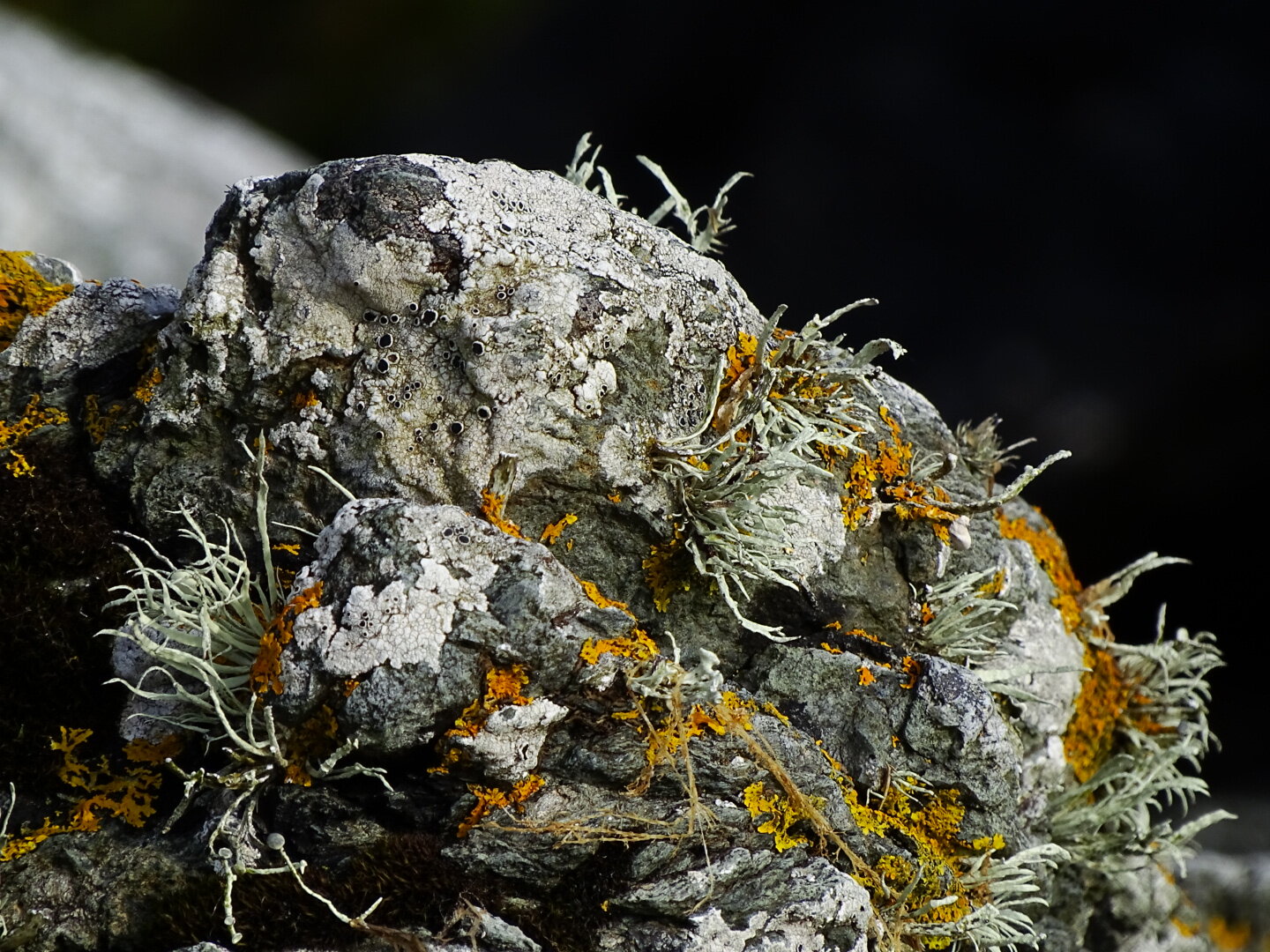Dung Beetles, sometimes called Dor Beetles or Scarabs, are in decline... not only are they reducing in numbers but many species have become extinct. The size of general insect extinction, about 40%, is one of the biggest extinction events in millions of years.
So what? I hear you say... Well, take dung beetles as an example. They are really important creatures that save UK cattle farmers a fortune, about £370 million a year. However, the very farmers that need them may also be adding to their noticeable decline. Nothing worse than shooting yourself in the welly, eh?
So, how exactly do they save farmers money?
They burrow down and aerate the soil encouraging grass growth. Cows eat grass - ‘tick!’
They eat cattle dung and bury it. By removing it, they stop the build up of flies and other parasites that would hinder milk and beef production.
They are also a food source for wild birds and animals that contribute to biodiversity which helps balance the ecosystem. Biodiversity - keeping a good and varied amount of different wild creatures, can even-out the impact of intensive farming and act as a kind of buffer against rapid environmental shifts, like climate change.
So what’s causing this rapid decline in dung beetles?
The intensive use of cattle wormers, mainly the ML types. The ‘mectin’ drugs. They keep cattle free of parasites but they can also pass through the animal and effect the poo-munching, beneficial beetles.
Soil disturbance, by machinery and animals, may churn up and kill beetle larvae.
The disappearance of farm animals from long-established areas. For example, some estate owners now want to regrow the old Caledonian forests and remove sheep, cattle and even deer from the land. That all sounds great but, when it comes to nature - you can often do one thing and effect ten others...
What are some farmers doing to help?
They are leaving ‘beetle banks’ ... a one meter strip of natural vegetation around fields.
They are worming their cattle when the dung beetles are dormant. This varies from place to place but is often late autumn or winter...
They may have higher stocking densities on pasture for a shorter time, this has been shown to help the dung beetle population.
What are the dung beetles doing? Here are a few amazing facts:
Dung beetles roll up the dung and drag it below ground to feed their young. They can actually bury 250 times their own body mass in one night.
They can navigate by using the sun and stars.
The dung beetle is the strongest animal on the planet. They can lift up to 850 times their own body weight. That’s like me being able to lift 10 elephants at once!
Male and females stay together to make sure their larvae get a good start in life.
Like bumble bees, they have little orange mites on them that use the beetles like buses to get from place to another.
They often fly at night. (I was once hit on the side of the head by an Atlas Beetle in the Indonesian jungle. About the size of a golf ball, it almost knocked me out when I was just about to have a swig of beer.
When it comes to cow pats, you get three types of dung beetle - the tunneller, the dweller and the roller... use your imagination.
They were worshiped by the ancient Egyptians. Perhaps they knew something we’ve now forgotten? The importance of the dung beetle.
The Egyptian god Khepri was represented by a scarab and was said to roll a new sun across the sky every day. I guess this comes from the dung beetle and it’s habit of rolling balls of poo across the sand... Interestingly, other great civilizations have creatures the move the sun across the sky. For example, the ancient Greeks had the Titan god, Helios, ride a golden chariot which dragged the sun across the sky each day from the east to the west. His chariot was pulled by four winged, fire-breathing horses that he alone could control.
Scarab beetles were also used in funeral rites in ancient Egypt. Placed near the heart of the dead, they were supposed to stop the heart baring witness against the departed when they were judged.


















